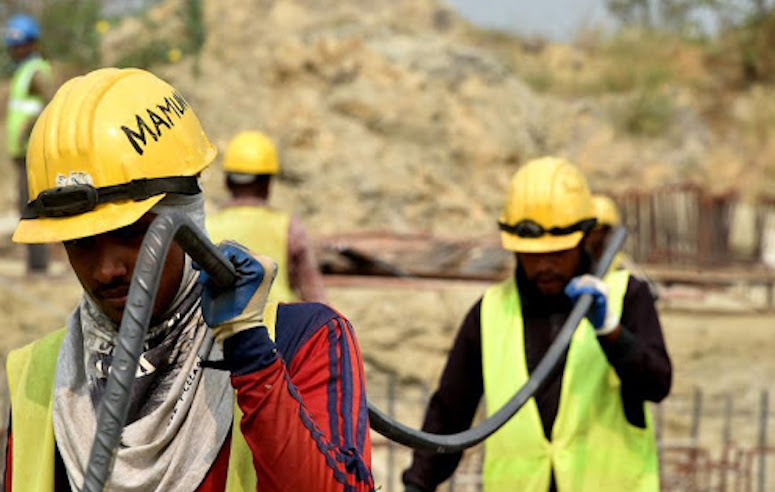GET IN TOUCH
- Please wait...

USD 19.3 Billion investment in physical infrastructure has been proposed by the government for FY 2019-20, leading to a surge in demand for building materials. Similarly, given the rising middle and affluent class population and shrinking family size, 3.9 members per family as of 2016 according to BBS, there’s been a gradual increase in demand of affordable housing in metro cities.
B2B businesses have achieved an increase in turnover over the years especially for cement and steel industry. B2C building material demands have been steady and stagnant for a while. However, the slump has picked up and potential increase in demand had been forecasted by industry professionals. This is due to the entrance of newer generations in to the economy with a higher disposable income and in need of real-estate.
As rapid urbanization has led the home owner/ real estate developer to build multi-stored buildings to meet the demand of people and at the same time in rural areas we are observing the trend to forgo the traditional style of building homes and using the mainstream building materials. According to the Bangladesh Population and Housing Census (2011) the number of Kucca houses has been decreasing with an increase in Pucca and Independent houses.
Based on projections (tied to population growth and segregation of class), the number of Kucca houses will almost halve by the year 2021 and the number of Pucca houses will increase to 22.24 million. Additionally, according to representative from REHAB (Real Estate & Housing Association of Bangladesh) the number of large (average 3000 Sq. Ft) and smaller buildings (average 1200 Sq. Ft) are projected to increase due to higher demand of commercial space and compact homes for nuclear families.
With the advent of coronavirus in the country, the industry faces certain uncertainties in terms of demand. Most construction activities have been halted as part of the government’s announced holidays till April 25th. Cement and steel companies have seen a fall in demand from dealers and retailers but purchases already conducted on credit is still in the process of completion without much deterring of sales. Industry experts expect the industry to experience a medium term vacuum of orders as most consumers will tend to be more conservative in their personal and housing investments now.
Due to the impending economic crisis that the country will experience, commercial consumers will look to conserve cash and will refrain from making any cash flow outlays for construction activities.
On the supply chain end, most cement manufacturers import clinker, gypsum, fly ash and iron slag from the neighboring countries such as China, Hong Kong, India, Indonesia, Thailand, Japan, Korea, Malaysia and the Philippines. Given the supply chain disruption caused by country lockdowns, the industry will face raw material shortages, resulting in imminent production halts.
Similarly, China holds 80% of the world’s steel production but Bangladesh has been mostly self-sufficient in producing billets from scrap and the industry is not expected to face much supply chain shocks due to the pandemic. However, demand still remains unpredictable with major dealers renegading orders due to capital crunch. The industry is also heavily reliant on credit, hence cashflows will be inevitably affected for most major producers of cement and steel.
In the immediate short-term, the government can intervene to ensure workers’ safety with collaboration with major construction companies to set the precedence for the industry and cement and steel manufacturers can safeguard their orders through extending line of credit as best possible. In the long-term, once the vaccine for the virus is successfully invented and commercialized, the industry is expected to resume normal growth given that demand for building materials is mostly dependent on long-term investment decisions of buyers.
Author: Rageeb Kibria, Principal Business Consultant, LightCastle Partners
The LightCastle team has been analyzing the macro and industry level picture and possible impacts wrought about by the Covid-19 crisis. Over the following days, we’ll be covering the major sectors shedding light on the possible short and long term ramifications of the global pandemic. Read all the articles in the series.
Our experts can help you solve your unique challenges
Stay up-to-date with our Thought Leadership and Insights